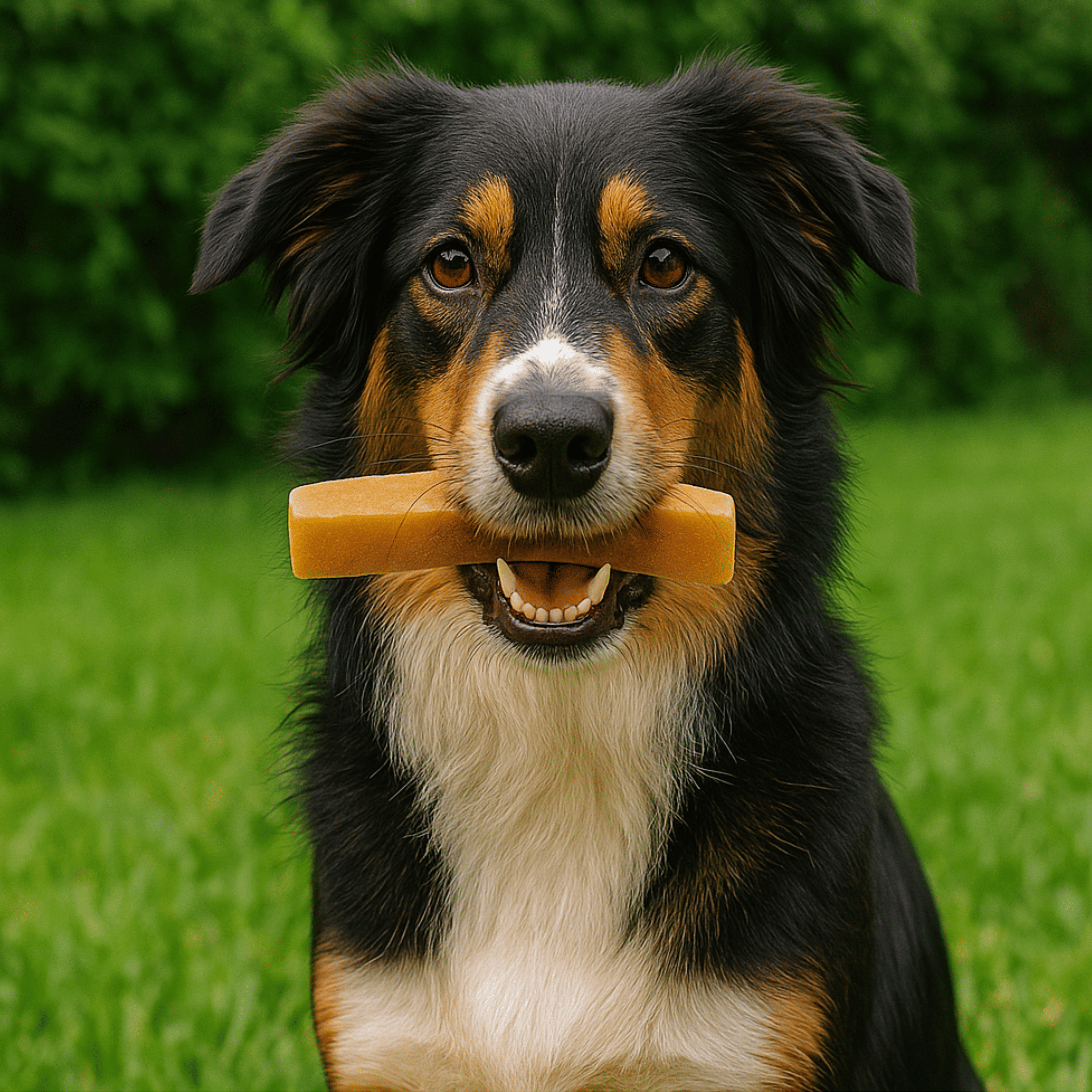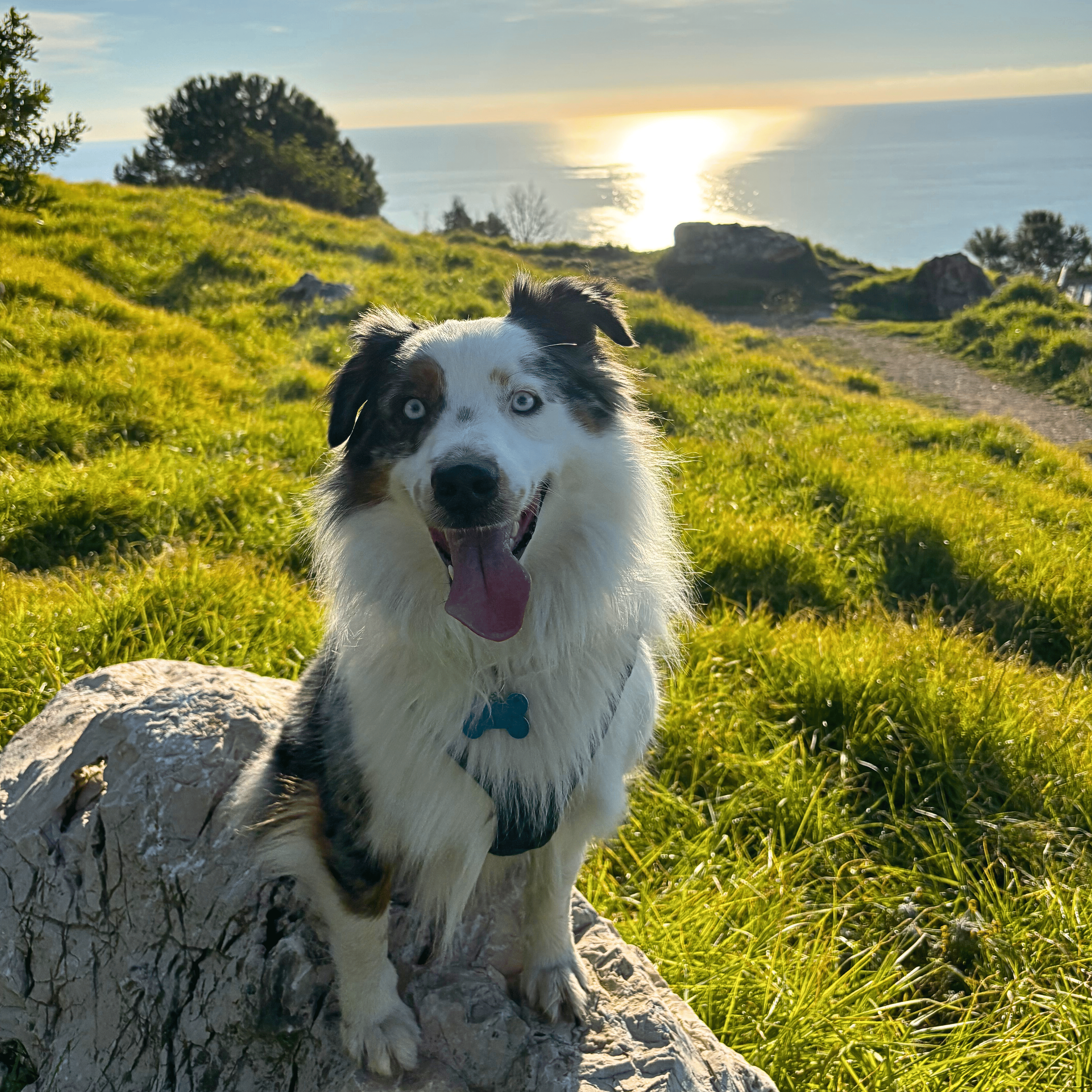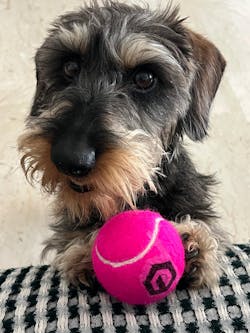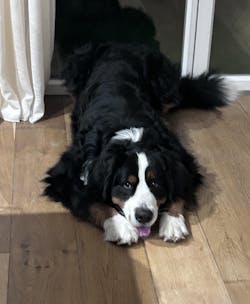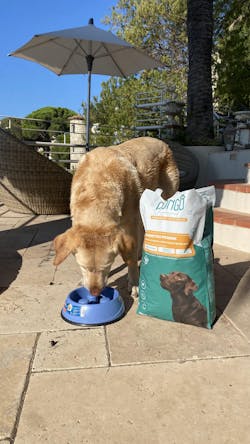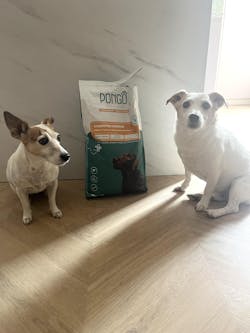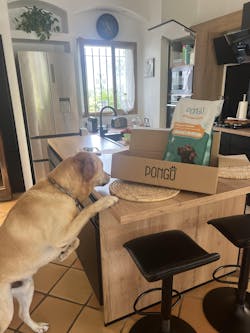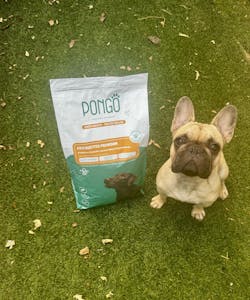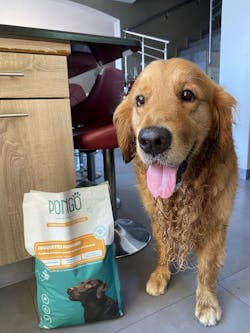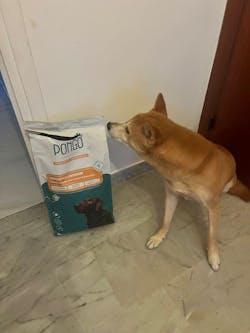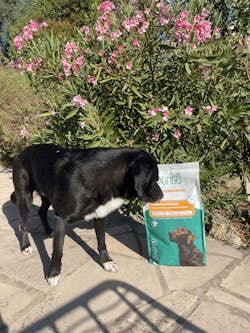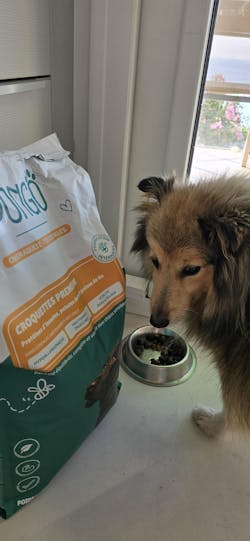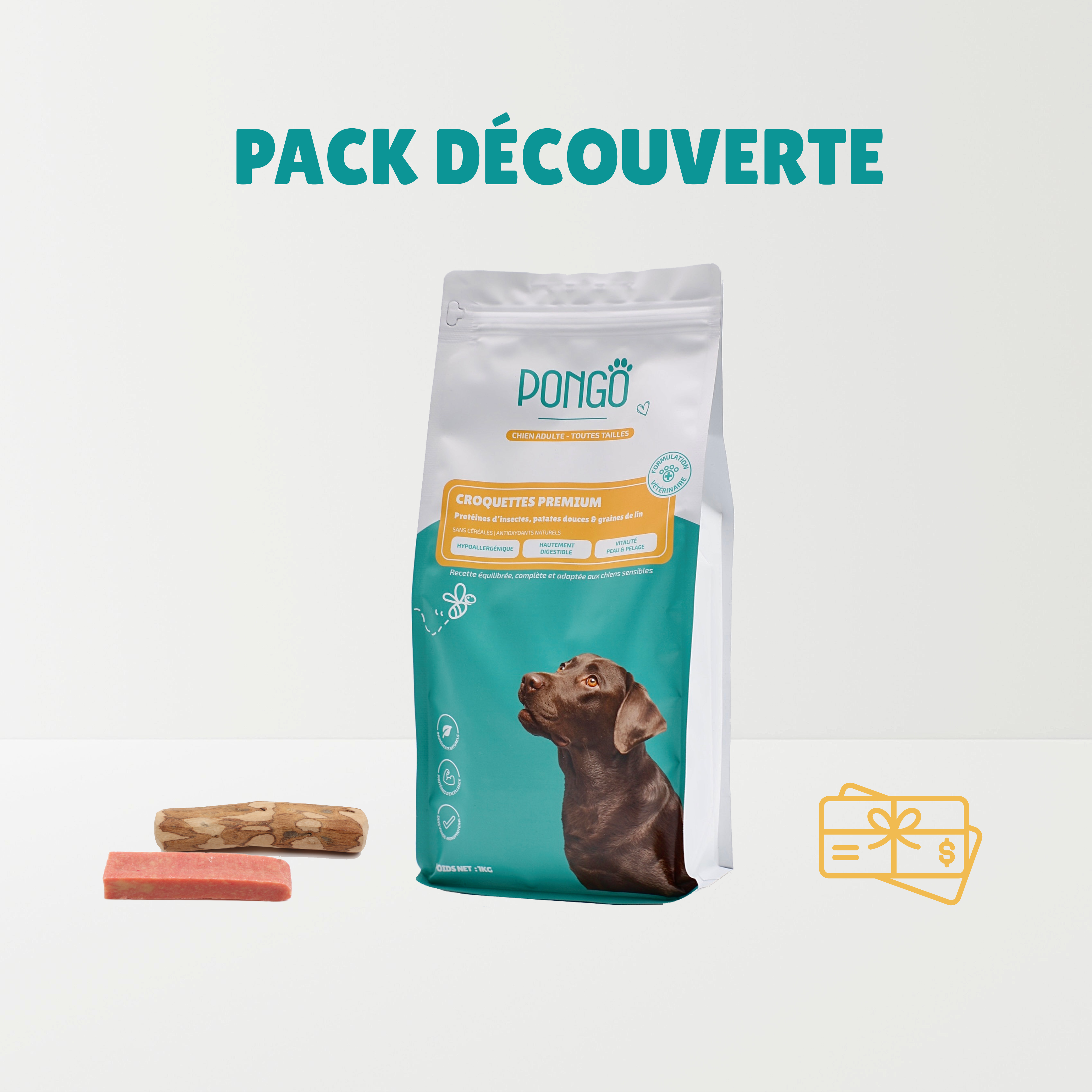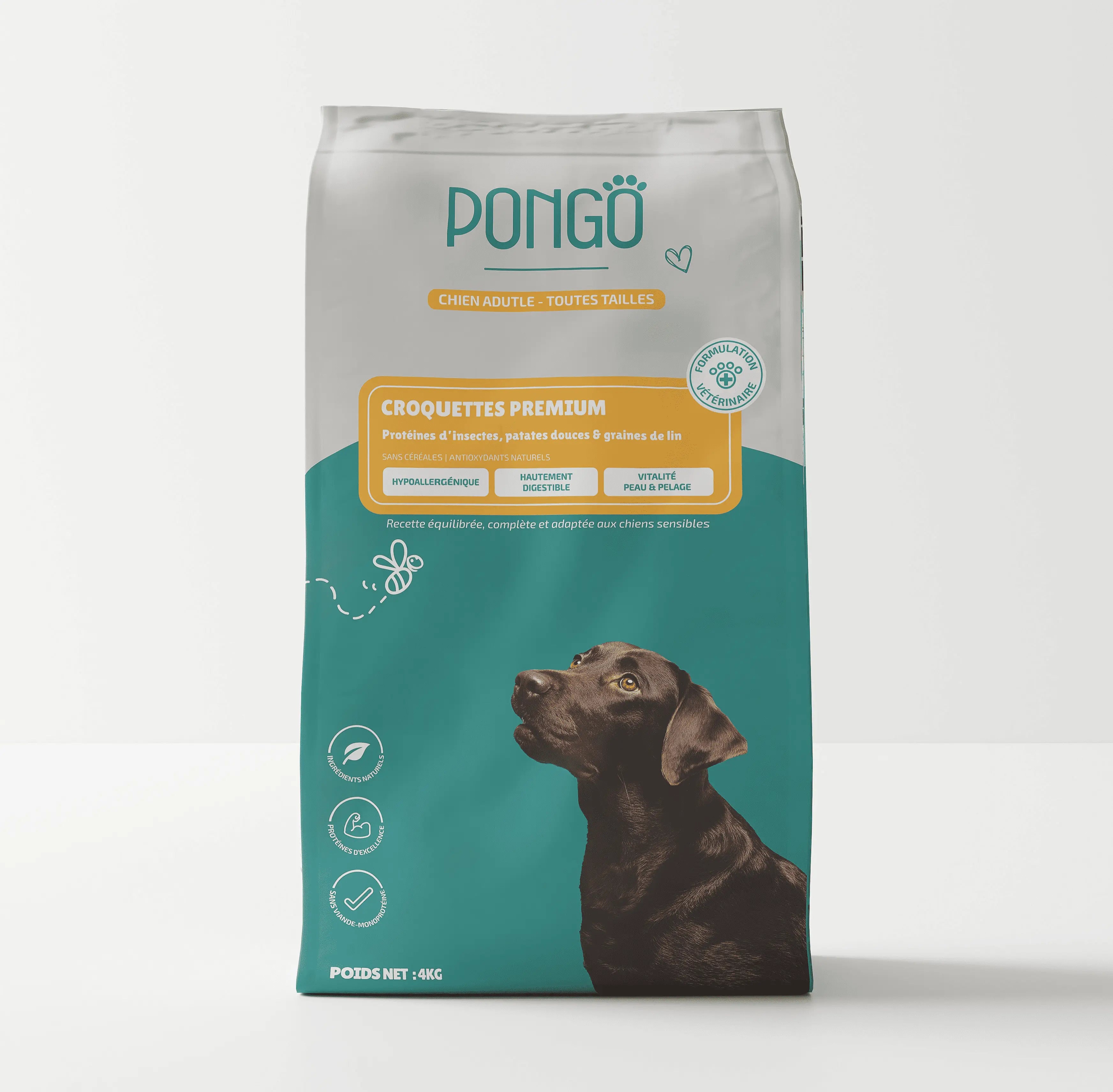How to bathe your dog?
Washing your dog isn’t something you can do just any way. Dogs’ skin is delicate and has a different pH than human skin. Using the wrong product can damage their natural protective layer, causing irritation, itching, dandruff, and sometimes infections.

Here are all our tips for safely washing your dog:
I – Products specifically recommended for dogs
1. Dog-specific shampoo
This is the product most dog owners use and what professional groomers also recommend. It is important to choose a shampoo that respects your dog’s natural skin pH. There are many types of shampoos to suit different needs, and you should select one based on your dog and its coat. Here are some examples:
- Hydrating and nourishing shampoos for shiny, healthy fur.
- Soothing shampoos for dogs with skin issues (itching, irritation).
- Shampoos for white or black coats.
- Detangling shampoos.
- Shampoos for puppies or specific breeds. These are extra gentle and hypoallergenic.
- Some brands offer natural or even organic shampoos.
If your dog has skin problems, consult your veterinarian. They may prescribe a therapeutic shampoo, antibacterial or gentle, designed for sensitive or allergic skin.
⚠️ Note: The condition of your dog’s coat and skin is closely linked to its diet. Prioritize a healthy, grain-free diet rich in protein, with animal protein as the first ingredient. We recommend discovering the PONGO recipe.
2. Waterless hygiene products (dry shampoos or cleansing lotions)
These are ideal if your dog is afraid of water or if you cannot give them a full bath, for example during travel. These products allow you to clean your dog without using water. Note that dry shampoo does not replace a full bath.
A dry shampoo can be used more frequently if your dog needs washing more often due to their lifestyle. This helps avoid too many full baths, which can be harsh on your dog’s skin.
II – Backup solutions (to be used cautiously or occasionally)
If you don’t have a dog-specific shampoo or want a gentle, occasional solution:
Liquid black soap:
-
Can be used to gently clean and make your dog’s coat shine.
-
Should be used occasionally and only if your dog has no skin issues, to avoid irritation.
Marseille soap:
-
Like black soap, it can be used if you don’t have a dog shampoo.
Baby soap or shampoo:
-
Formulated for sensitive baby skin, these can be used cautiously for dogs.
-
Make sure to choose a fragrance-free product.
-
This is a temporary solution; it’s recommended to switch to a proper dog shampoo, especially for puppies, whose skin is very sensitive.
Baking soda:
-
You can add a few tablespoons (2–3 tablespoons per liter of water) to the bath to clean your dog’s coat.
III – Products never to use
-
Personal shampoo, shower gel, or soap: Never use human products on your dog. Human skin has a more acidic pH, which is different from dogs’ skin, and these products can irritate their skin and coat. Strong fragrances may also bother your dog.
-
Human deodorant: Only use products designed for dogs. They are intended to remove body odors from the coat but should not be used for washing.
IV – Important washing tips
Thorough rinsing:
-
After washing, rinse your dog thoroughly with lukewarm water, making sure no product residue remains on the skin to prevent irritation or itching.
Water temperature:
-
Use lukewarm water, comfortable for the dog. Always check the temperature before starting.
Drying:
-
Start by towel-drying the coat, then optionally use a blow dryer. Air drying alone may leave a damp odor, while blow-dried fur is silkier.
-
Be careful: the dryer should never blow hot air, which could burn your dog. Use warm or cold air and introduce it gradually to avoid frightening the dog.
Ear cleaning:
-
It’s recommended to clean your dog’s ears after each bath to prevent moisture-related problems.
-
Avoid getting water inside the ears during washing.
V – How often should you wash your dog?
Dogs do not need baths as often as humans, quite the opposite! Frequent bathing can damage their skin and affect the quality of their coat. The frequency of baths depends on several factors, but generally, use common sense and bathe your dog only when necessary.
Adult dogs
Bathing is not a natural activity for dogs, so wash them only when needed.
-
Ideally, a bath every 1 to 3 months is sufficient.
-
It is not recommended to bathe a dog more than once a month.
-
Some dogs may only need two baths per year, while others may require more frequent washing.
-
Bathing a dog weekly is already excessive, and daily baths should be avoided entirely. Too much washing can weaken the skin, cause irritation, itching, or dry out the coat.
When a bath is necessary:
-
If your dog is very dirty, for example after rolling in mud or sand.
-
If they have come into contact with toxic substances.
-
If their coat smells unpleasant.
-
To refresh them during hot weather, especially in summer.
-
After intense activity when they are covered in dirt or grease.
-
After a swim in the sea, to remove salt from their coat.
Puppies
-
Wait until a puppy is at least three months old and fully vaccinated before giving their first full bath.
-
Before that age, a gentle wipe with a damp sponge is enough without fully wetting the animal.
-
After the first bath and until adulthood, a maximum of one bath per month is recommended, just like for adult dogs.
-
Make the first bath a positive experience to make future baths easier.
Factors affecting bath frequency
-
Breed and coat type: Long or dense coats get dirty faster and may develop stronger odors, requiring regular brushing.
-
Lifestyle: Active dogs or those spending time outdoors (beach, mountains) get dirtier than mostly indoor dogs. Urban pollution can also justify more frequent washing.
-
Age: Older dogs, being less active, generally stay cleaner than younger dogs.
-
Health condition: Certain skin conditions may require therapeutic shampoos and more frequent baths under veterinary supervision. Never bathe a sick dog, one that has caught a cold, or a dog with diseases like distemper.
Alternatives and complements to full baths
-
Dry shampoo can replace a full bath, especially for city dogs.
-
Regular brushing (at least once a week) removes dead hair, stimulates circulation, and strengthens the bond with your dog.

